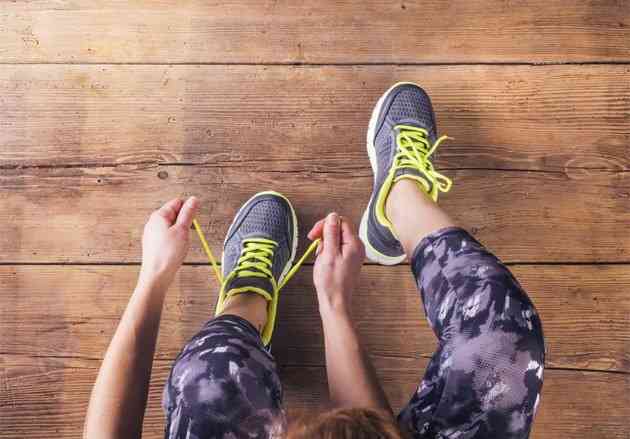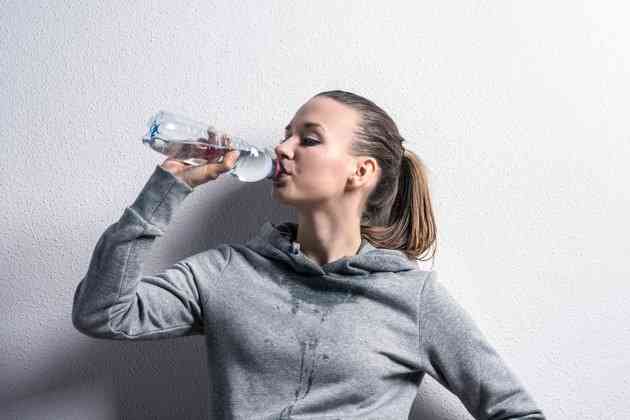How Teens Can Get Six-Pack Abs Fast

You read magazines and see infomercials showing men and women sporting rock hard abs, and you want them, too. But, achieving a six-pack at any age - especially as a teen - can be challenging.
 Smart choices, not deprivation, support a healthy body for a teen. (Image: wundervisuals/E+/GettyImages)
Smart choices, not deprivation, support a healthy body for a teen. (Image: wundervisuals/E+/GettyImages)The ability to do so depends on where your body is in its stages of development, as well as your genetic build. Some people just don't have the ab muscle structure or thin enough skin and tissue on their torso to show perfectly segmented muscles - this doesn't mean they lack strength, however.
You can certainly try to get leaner through a healthy diet and build taut muscles with strength-training exercise, but don't expect results overnight.
Read more: What to Eat to Get Six-Pack Abs
What It Takes to Sport a Teen Six-Pack
Men with six-pack abs usually have a body fat of between 6 and 9 percent and women between 16 and 19 percent. The same body fat percentages apply to the idea of a teen six pack, too. To get to such lean levels, lose excess body fat through proper diet and exercise.
Your body is still growing, so you don't want to put yourself on a particularly restrictive diet. Plus, strict dietary rules makes eating at family meals and social events a challenge. Instead, focus on making good choices most of the time.
Pass on dessert, sugary drinks, processed snacks, fast food and fatty foods. Instead, go for options such as grilled chicken, lean steak, salads, steamed vegetables, fish, fresh fruit, nuts, brown rice, whole-wheat pasta and low-fat dairy at meals.
If a doctor has told you you're overweight and would benefit from losing a few pounds, know that a sustainable and safe rate of loss is 1 to 2 pounds per week. This may not be as quick as you'd like, but being healthy as you lose weight is more important than gaining a washboard stomach.
For teens who don't need to lose weight, but just want to develop more lean muscle mass, don't restrict portion sizes or food intake. Simply stick to healthy, whole foods at most meals.
 A balanced workout plan involves cardio as well as ab-specific exercises. (Image: Halfpoint/iStock/Getty Images)
A balanced workout plan involves cardio as well as ab-specific exercises. (Image: Halfpoint/iStock/Getty Images)Seek Out a Solid Workout Plan
Regular strength training will help you develop more lean muscle mass. Talk to a coach, fitness professional or sports doctor about what type of training is appropriate for your age. Body-weight activities such as pushups, jumping and squats are OK for most teens.
Regular physical activity, such as running or playing soccer, helps keep your heart healthy - but doesn't necessarily build big muscles or flat abs.
If you do hit the gym floor, keep your expectations realistic. Gaining muscle mass is nearly impossible until a teen has hit a certain stage in hormone development. Boys, for example, need ample testosterone to gain the kind of muscle that really shows.
During puberty, girls gain more body fat, especially in the lower body, to support childbirth; this could make leaning out to get to a six-pack body fat level challenging.
Read more: How Females Get Six-Pack Abs
Ab-Specific Moves
A six-pack develops from strong moves that help build the muscles of the rectus abdominis and obliques. If you have the ability to build muscle and have successfully lost extra body fat, moves such as plank, crunches and side plank help develop distinct muscle in your core. Add back stabilizing moves, including bird dogs, to balance out strong abs.
Even if your body isn't ready or genetically predisposed to developing a six pack, a strong core supports optimal strength and function so sports and daily activity are easier and more likely to be injury free.
Don't only lose fat and gain muscle to look good in the short term - but stick with it to support good health and physical performance for life.




